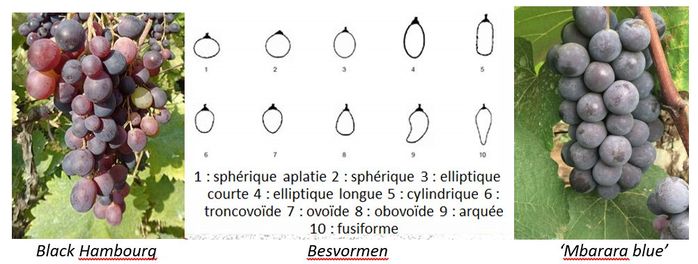Plants
Most vines are cuttings. They have no rootstocks. This is a very high risk for the future!!!
ROOTSTOCKS: PROTECTION AGAINST PHYLLOXERA
Grape phylloxera is regarded as the world’s worst grapevine pest. Since the mid to late 19th century, it has devastated vineyards across Europe, North America, New Zealand, South Africa and parts of South America and Australia. Productive viticulture cannot normally continue on own-rooted vines following an infestation by phylloxera. The only effective long-term management strategy for controlling phylloxera is a replanting program using vines grafted on phylloxera tolerant rootstocks.
Phylloxera tolerant rootstocks are bred from grapevines native to North America known as American vitis species. These particular species evolved in the presence of the phylloxera and so developed tolerance mechanisms that allowed them to continue to flourish in the presence of the insect. The mechanism by which tolerance occurs is mainly by the formation of a layer of cork tissue around the root lesion, which limits the spread of decay, and, to a lesser extent, resistance by repulsion.
Grape phylloxera is regarded as the world’s worst grapevine pest. Since the mid to late 19th century, it has devastated vineyards across Europe, North America, New Zealand, South Africa and parts of South America and Australia. Productive viticulture cannot normally continue on own-rooted vines following an infestation by phylloxera. The only effective long-term management strategy for controlling phylloxera is a replanting program using vines grafted on phylloxera tolerant rootstocks.
Phylloxera tolerant rootstocks are bred from grapevines native to North America known as American vitis species. These particular species evolved in the presence of the phylloxera and so developed tolerance mechanisms that allowed them to continue to flourish in the presence of the insect. The mechanism by which tolerance occurs is mainly by the formation of a layer of cork tissue around the root lesion, which limits the spread of decay, and, to a lesser extent, resistance by repulsion.
Vines in the Mbarara region are mostly cutlings without rootstock. This is a great risk.
Grafting
Information: en.wikipedia.org/wiki/Propagation_of_grapevines
Grapes
The most common grape in Mbarara is from French origin. However which one is not exactly known. Some people think it is the Black Hambourg, but this is not correct. It probably is the Isabella, a first generation hybrid, but as long as we do not know exactly which grape it is, we can call it 'Mbarara blue'.





